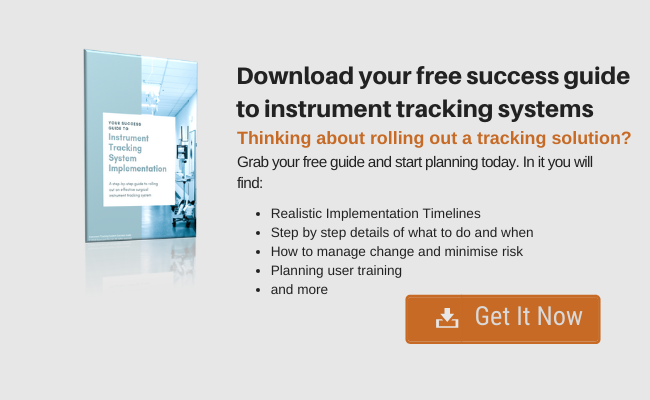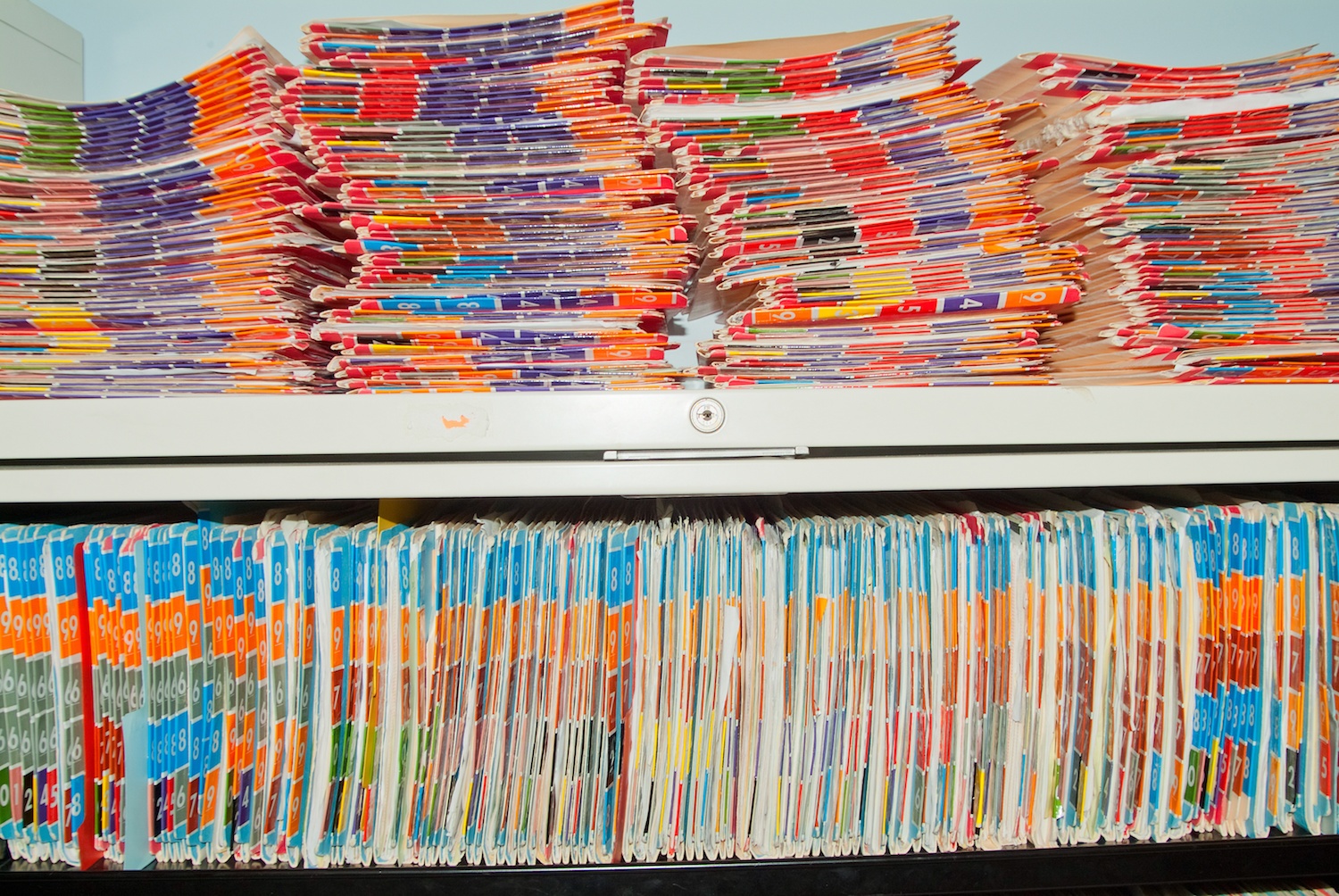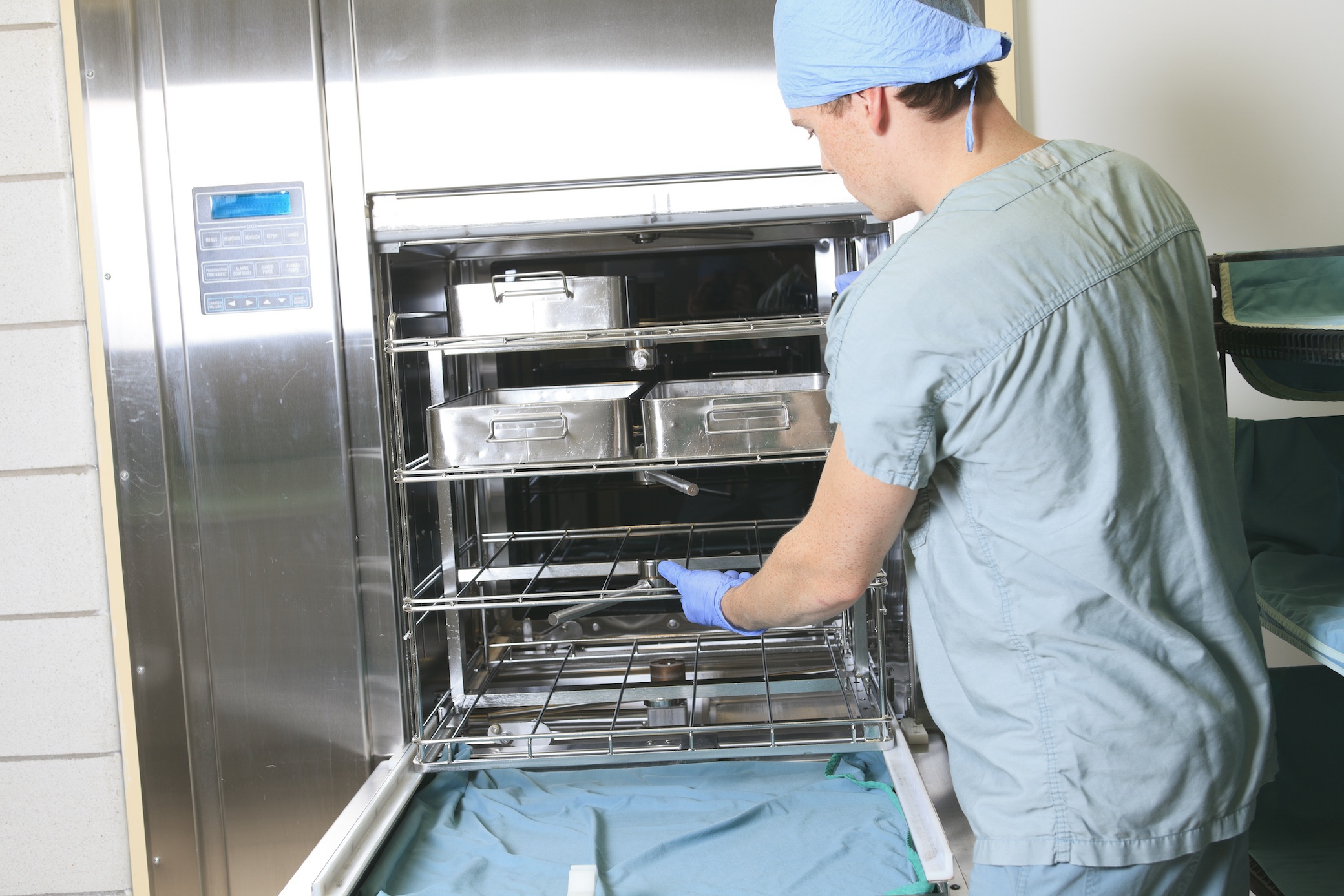Setting up a surgical asset tracking system in a confined space
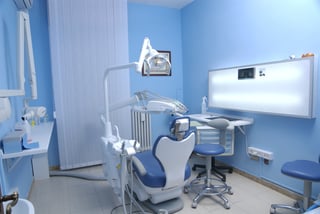 Complying with Australian standards AS4187 or AS4815 can be a difficult task for any health care facility, but for office based health care facilities, physical space limitations can make it even more difficult. Finding space to wash, wrap and sterilize surgical instruments can be tricky for the smaller facilities and bench space is typically limited so finding space to put things can be a challenge.
Complying with Australian standards AS4187 or AS4815 can be a difficult task for any health care facility, but for office based health care facilities, physical space limitations can make it even more difficult. Finding space to wash, wrap and sterilize surgical instruments can be tricky for the smaller facilities and bench space is typically limited so finding space to put things can be a challenge.
To comply with the standards, hospitals and day surgeries need to provide proof of compliant processes. That means you may be called upon to furnish auditors with relevant documentation. Consequently, you will have to implement a surgical asset tracking method to trace surgical instruments, equipment and consumables. This can be as simple as a pen and paper or stickers (proprietary format) in sticker guns or computers and scanners. All of which require workspace.
So let's take a look how you can manage that in a confined space and still meet your compliance obligations.
AS4187 Compliance Requirements for hospitals and day surgeries of different sizes
AS4187 acknowledges that there are both differences and similarities between various types of HSO’s (Health Service Organisations). The document highlights the similarities as being:
- a common need for quality systems
- staff training
- compliance with reprocessing procedures
The major difference noted by the standard relates to the unique physical and organisational conditions. An example is given is around reprocessing equipment and the necessity to to segregate the reprocessing environment. It is stipulated that there should be clear delineation between dirty and clean areas. For many, if not most, office based practises this is physically impossible. As a result the cleaning and sterilizing areas are sometimes located within the same room.
Even though the standard does acknowledge physical space restrictions, compliance with reprocessing procedures is still mandatory.
So let’s have a look at what must be traceable and what that may mean from an operational viewpoint for those who work within in a confined space.
Tracking medical reprocessing procedures under AS4187
In the standard the word ‘Shall’ means a statement is mandatory. Let's see which re-processing procedures must be documented and therefore tracked. Section 2.2.3 Records - says that at a minimum records shall include:
- Cleaning Process Records
- Sterilization Process Records
- High Level Disinfection Records
- Microbiological Surveillance (Endoscopes)
- Installation (IQ), Operational (OQ)
- Performance Qualification (PQ) records.
Section 2.4.3 Identification and traceability of product – says that a minimum you must be able to track instruments to patients.
‘At a minimum, the traceability system shall be sufficient to enable the identification of a patient(s) where a nonconforming product has been used in an event that a recall is necessary.’
Taking a high level view of what re-processing procedures need be tracked, we find that at a minimum we must track:
- the wash processes
- the Sterilization process
- the Endoscope biological surveillance validations
- re-processing equipment IQ, OQ, and PQ validations
- instrument to patients
In case you decide to use a pen and paper or sticker system with books, you will, besides obviouly pens, need stickers, guns and books at each of these locations. And given that space is of a premium, that’s going to be an operational challenge.
Given today's technological developments, an electronic tracking system can help overcome these challenges. If space is at a premium and you believe that this precludes you from moving to an electronic solution you may want to consider some of the following options:
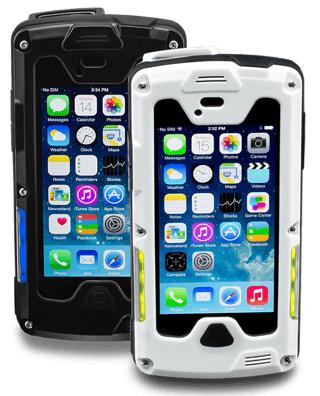 All in one desktop which is simply a monitor which everything built in (so no clunky consoles to find space for)
All in one desktop which is simply a monitor which everything built in (so no clunky consoles to find space for)- Microsoft Surface Pro is touch controlled (so no need for keyboard) and can be wall mounted
- Mobile devices such as iPads and Android tablets
- A new generation of small handheld scanning devices that are designed for hospital environments. Built with antimicrobial materials, they can be completely sanitized.
The last option means you can actually run your complete tracking system on one of these. They require hardly any space at all and you can carry them around from one process to another.
Giving up pen and paper for electronic medical asset tracking
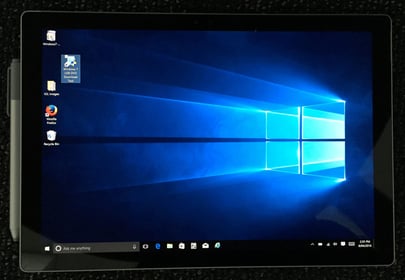 You would be forgiven for thinking that an electronic tracking system compounds the lack of space issue. However current and emerging technology can resolve these issues.
You would be forgiven for thinking that an electronic tracking system compounds the lack of space issue. However current and emerging technology can resolve these issues.
While using small scanning devices or tablets to track processes may, to some, seem complex compared to a pen and paper (particulary for team members who have little computer experience) it’s really quite easy to start using these device and we have found that users adopt technology quickly and within a very short time actually love using it.
So you can finally get rid of those bits of paper and stickers and books and free up your workspace.
Going paperless has many benefits. Adopting an electronic tracking system that is designed to comply with the standards means you don’t have to worry about whether or not you are compliant. Just using the tracking system will give you compliance by default.

